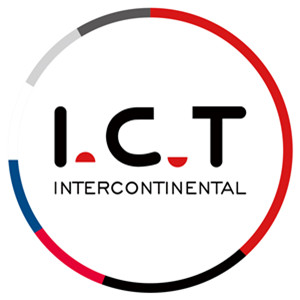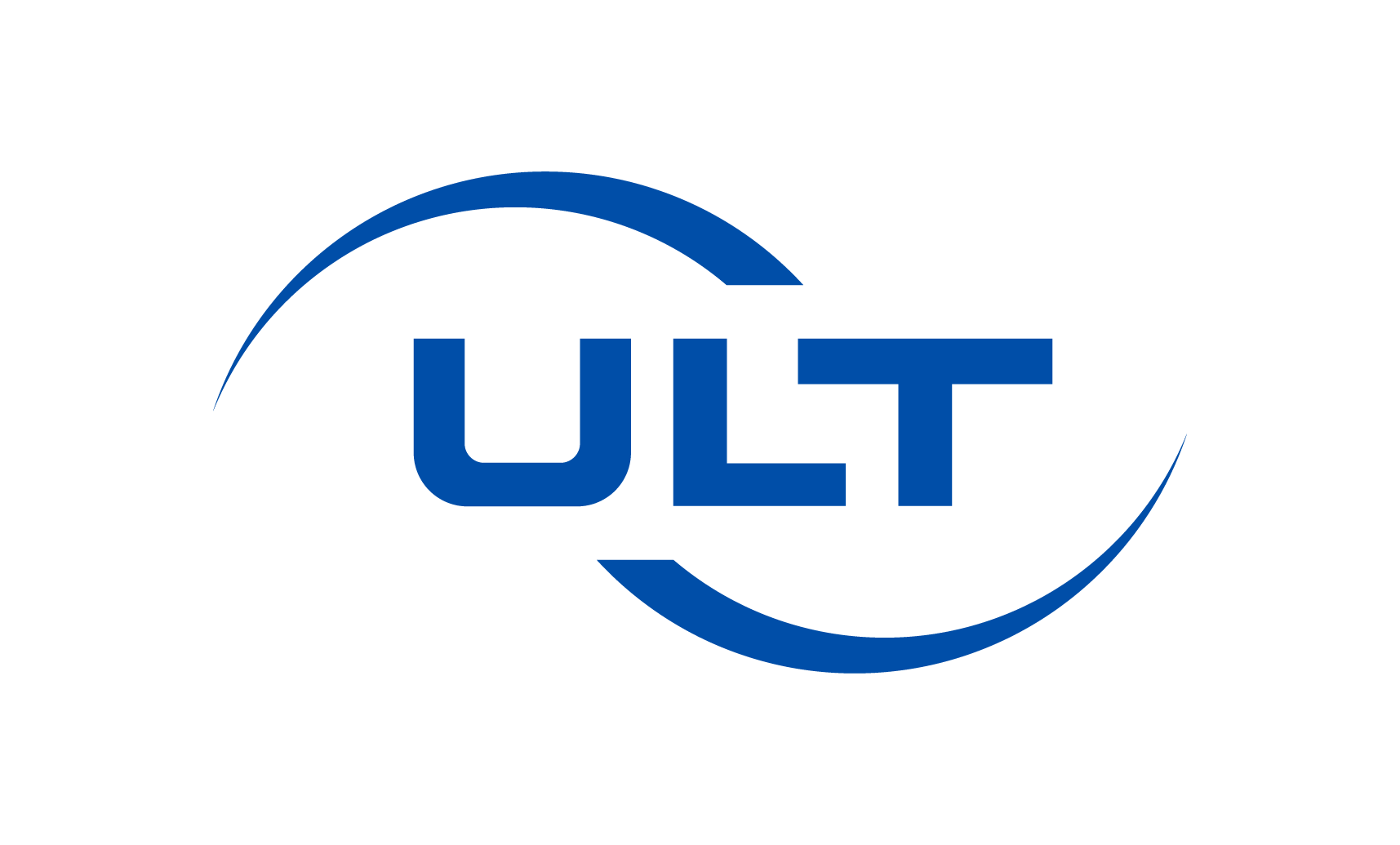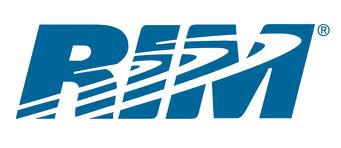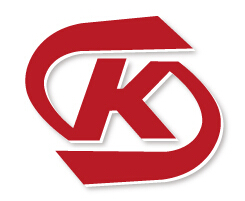Electronics Manufacturing Technical Articles
Papers and articles related to SMT, PCB & EMS industry.
- SMTnet
- »
- Technical Library
1857 SMT / PCB Assembly Related Technical Articles

I.C.T ( Dongguan ICT Technology Co., Ltd. )

I.C.T is a manufacturer from China that offers SMT, DIP, PCBA conformal coating equipment and turnkey solution.
Dongguan, Guangdong, China

I.C.T ( Dongguan ICT Technology Co., Ltd. )

I.C.T is a manufacturer from China that offers SMT, DIP, PCBA conformal coating equipment and turnkey solution.
Dongguan, Guangdong, China

I.C.T ( Dongguan ICT Technology Co., Ltd. )

I.C.T is a manufacturer from China that offers SMT, DIP, PCBA conformal coating equipment and turnkey solution.
Dongguan, Guangdong, China

I.C.T ( Dongguan ICT Technology Co., Ltd. )

I.C.T is a manufacturer from China that offers SMT, DIP, PCBA conformal coating equipment and turnkey solution.
Dongguan, Guangdong, China

I.C.T ( Dongguan ICT Technology Co., Ltd. )

I.C.T is a manufacturer from China that offers SMT, DIP, PCBA conformal coating equipment and turnkey solution.
Dongguan, Guangdong, China

I.C.T ( Dongguan ICT Technology Co., Ltd. )

I.C.T is a manufacturer from China that offers SMT, DIP, PCBA conformal coating equipment and turnkey solution.
Dongguan, Guangdong, China

I.C.T ( Dongguan ICT Technology Co., Ltd. )

I.C.T is a manufacturer from China that offers SMT, DIP, PCBA conformal coating equipment and turnkey solution.
Dongguan, Guangdong, China

I.C.T ( Dongguan ICT Technology Co., Ltd. )

I.C.T is a manufacturer from China that offers SMT, DIP, PCBA conformal coating equipment and turnkey solution.
Dongguan, Guangdong, China

I.C.T ( Dongguan ICT Technology Co., Ltd. )

I.C.T is a manufacturer from China that offers SMT, DIP, PCBA conformal coating equipment and turnkey solution.
Dongguan, Guangdong, China

I.C.T ( Dongguan ICT Technology Co., Ltd. )

I.C.T is a manufacturer from China that offers SMT, DIP, PCBA conformal coating equipment and turnkey solution.
Dongguan, Guangdong, China

I.C.T ( Dongguan ICT Technology Co., Ltd. )

I.C.T is a manufacturer from China that offers SMT, DIP, PCBA conformal coating equipment and turnkey solution.
Dongguan, Guangdong, China

I.C.T ( Dongguan ICT Technology Co., Ltd. )

I.C.T is a manufacturer from China that offers SMT, DIP, PCBA conformal coating equipment and turnkey solution.
Dongguan, Guangdong, China

I.C.T ( Dongguan ICT Technology Co., Ltd. )

I.C.T is a manufacturer from China that offers SMT, DIP, PCBA conformal coating equipment and turnkey solution.
Dongguan, Guangdong, China

I.C.T ( Dongguan ICT Technology Co., Ltd. )

I.C.T is a manufacturer from China that offers SMT, DIP, PCBA conformal coating equipment and turnkey solution.
Dongguan, Guangdong, China

I.C.T ( Dongguan ICT Technology Co., Ltd. )

I.C.T is a manufacturer from China that offers SMT, DIP, PCBA conformal coating equipment and turnkey solution.
Dongguan, Guangdong, China

I.C.T ( Dongguan ICT Technology Co., Ltd. )

I.C.T is a manufacturer from China that offers SMT, DIP, PCBA conformal coating equipment and turnkey solution.
Dongguan, Guangdong, China

I.C.T ( Dongguan ICT Technology Co., Ltd. )

I.C.T is a manufacturer from China that offers SMT, DIP, PCBA conformal coating equipment and turnkey solution.
Dongguan, Guangdong, China

I.C.T ( Dongguan ICT Technology Co., Ltd. )

I.C.T is a manufacturer from China that offers SMT, DIP, PCBA conformal coating equipment and turnkey solution.
Dongguan, Guangdong, China

I.C.T ( Dongguan ICT Technology Co., Ltd. )

I.C.T is a manufacturer from China that offers SMT, DIP, PCBA conformal coating equipment and turnkey solution.
Dongguan, Guangdong, China

I.C.T ( Dongguan ICT Technology Co., Ltd. )

I.C.T is a manufacturer from China that offers SMT, DIP, PCBA conformal coating equipment and turnkey solution.
Dongguan, Guangdong, China

I.C.T ( Dongguan ICT Technology Co., Ltd. )

I.C.T is a manufacturer from China that offers SMT, DIP, PCBA conformal coating equipment and turnkey solution.
Dongguan, Guangdong, China

I.C.T ( Dongguan ICT Technology Co., Ltd. )

I.C.T is a manufacturer from China that offers SMT, DIP, PCBA conformal coating equipment and turnkey solution.
Dongguan, Guangdong, China

I.C.T ( Dongguan ICT Technology Co., Ltd. )

I.C.T is a manufacturer from China that offers SMT, DIP, PCBA conformal coating equipment and turnkey solution.
Dongguan, Guangdong, China

I.C.T ( Dongguan ICT Technology Co., Ltd. )

I.C.T is a manufacturer from China that offers SMT, DIP, PCBA conformal coating equipment and turnkey solution.
Dongguan, Guangdong, China

I.C.T ( Dongguan ICT Technology Co., Ltd. )

I.C.T is a manufacturer from China that offers SMT, DIP, PCBA conformal coating equipment and turnkey solution.
Dongguan, Guangdong, China

I.C.T ( Dongguan ICT Technology Co., Ltd. )

I.C.T is a manufacturer from China that offers SMT, DIP, PCBA conformal coating equipment and turnkey solution.
Dongguan, Guangdong, China

I.C.T ( Dongguan ICT Technology Co., Ltd. )

I.C.T is a manufacturer from China that offers SMT, DIP, PCBA conformal coating equipment and turnkey solution.
Dongguan, Guangdong, China

I.C.T ( Dongguan ICT Technology Co., Ltd. )

I.C.T is a manufacturer from China that offers SMT, DIP, PCBA conformal coating equipment and turnkey solution.
Dongguan, Guangdong, China

ANZER (formerly Western Reserve Controls)
ANZER (formerly Western Reserve Controls) specializes in the electronic design and manufacturing of SMT & Thru-Hole products. From prototypes to high/low volume assemblies, including cable harnesses and complete box builds.
Akron, Ohio, USA

ANZER (formerly Western Reserve Controls)
ANZER (formerly Western Reserve Controls) specializes in the electronic design and manufacturing of SMT & Thru-Hole products. From prototypes to high/low volume assemblies, including cable harnesses and complete box builds.
Akron, Ohio, USA

I.C.T ( Dongguan ICT Technology Co., Ltd. )

I.C.T is a manufacturer from China that offers SMT, DIP, PCBA conformal coating equipment and turnkey solution.
Dongguan, Guangdong, China

I.C.T ( Dongguan ICT Technology Co., Ltd. )

I.C.T is a manufacturer from China that offers SMT, DIP, PCBA conformal coating equipment and turnkey solution.
Dongguan, Guangdong, China

I.C.T ( Dongguan ICT Technology Co., Ltd. )

I.C.T is a manufacturer from China that offers SMT, DIP, PCBA conformal coating equipment and turnkey solution.
Dongguan, Guangdong, China

I.C.T ( Dongguan ICT Technology Co., Ltd. )

I.C.T is a manufacturer from China that offers SMT, DIP, PCBA conformal coating equipment and turnkey solution.
Dongguan, Guangdong, China

I.C.T ( Dongguan ICT Technology Co., Ltd. )

I.C.T is a manufacturer from China that offers SMT, DIP, PCBA conformal coating equipment and turnkey solution.
Dongguan, Guangdong, China

I.C.T ( Dongguan ICT Technology Co., Ltd. )

I.C.T is a manufacturer from China that offers SMT, DIP, PCBA conformal coating equipment and turnkey solution.
Dongguan, Guangdong, China

I.C.T ( Dongguan ICT Technology Co., Ltd. )

I.C.T is a manufacturer from China that offers SMT, DIP, PCBA conformal coating equipment and turnkey solution.
Dongguan, Guangdong, China

I.C.T ( Dongguan ICT Technology Co., Ltd. )

I.C.T is a manufacturer from China that offers SMT, DIP, PCBA conformal coating equipment and turnkey solution.
Dongguan, Guangdong, China

I.C.T ( Dongguan ICT Technology Co., Ltd. )

I.C.T is a manufacturer from China that offers SMT, DIP, PCBA conformal coating equipment and turnkey solution.
Dongguan, Guangdong, China

I.C.T ( Dongguan ICT Technology Co., Ltd. )

I.C.T is a manufacturer from China that offers SMT, DIP, PCBA conformal coating equipment and turnkey solution.
Dongguan, Guangdong, China

I.C.T ( Dongguan ICT Technology Co., Ltd. )

I.C.T is a manufacturer from China that offers SMT, DIP, PCBA conformal coating equipment and turnkey solution.
Dongguan, Guangdong, China

I.C.T ( Dongguan ICT Technology Co., Ltd. )

I.C.T is a manufacturer from China that offers SMT, DIP, PCBA conformal coating equipment and turnkey solution.
Dongguan, Guangdong, China

ULT is a vendor of efficient fume extraction solutions for air purification. The company's systems are utilized for the removal of laser fumes, soldering fumes, odors, vapors, gases, dusts etc. in electronics production.
Okotoks, Alberta, Canada

A Manufacturer of High Quality, Precision, Automated Fluid Dispensing and Conformal Coating Systems, SMT Cover Tape Peel Tester and Lead Forming machines for through-hole component preparation.
Grand Junction, Colorado, USA

A Manufacturer of High Quality, Precision, Automated Fluid Dispensing and Conformal Coating Systems, SMT Cover Tape Peel Tester and Lead Forming machines for through-hole component preparation.
Grand Junction, Colorado, USA

Research In Motion (RIM) is a leading designer, manufacturer and marketer of innovative wireless solutions for the worldwide mobile communications market.
Waterloo, Ontario, Canada

Electronic manufacturing services - electronic design, development and manufacturing. Circuit board design, prototyping, FPGA services, signal integrity and simulation, pcb assembly. Factories in California USA and Malaysia.
Santa Clara, California, USA

DONGGUAN KINGSUN AUTOMATION TECHNOLOGY CO.,LTD

DONGGUAN KINGSUN AUTOMATION TECHNOLOGY CO.,LTD is a company which mainly provide used and new SMT parts, provide repair SMT key parts service,new/used SMT machine trading,SMT consumables and Peripherals equipment,Clean room, ESD..
Dongguan, China
Consultant / Service Provider, Distributor, Equipment Dealer / Broker / Auctions, Manufacturer, Manufacturer's Representative

A Manufacturer of High Quality, Precision, Automated Fluid Dispensing and Conformal Coating Systems, SMT Cover Tape Peel Tester and Lead Forming machines for through-hole component preparation.
Grand Junction, Colorado, USA

A Manufacturer of High Quality, Precision, Automated Fluid Dispensing and Conformal Coating Systems, SMT Cover Tape Peel Tester and Lead Forming machines for through-hole component preparation.
Grand Junction, Colorado, USA








